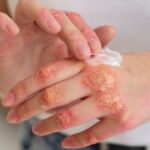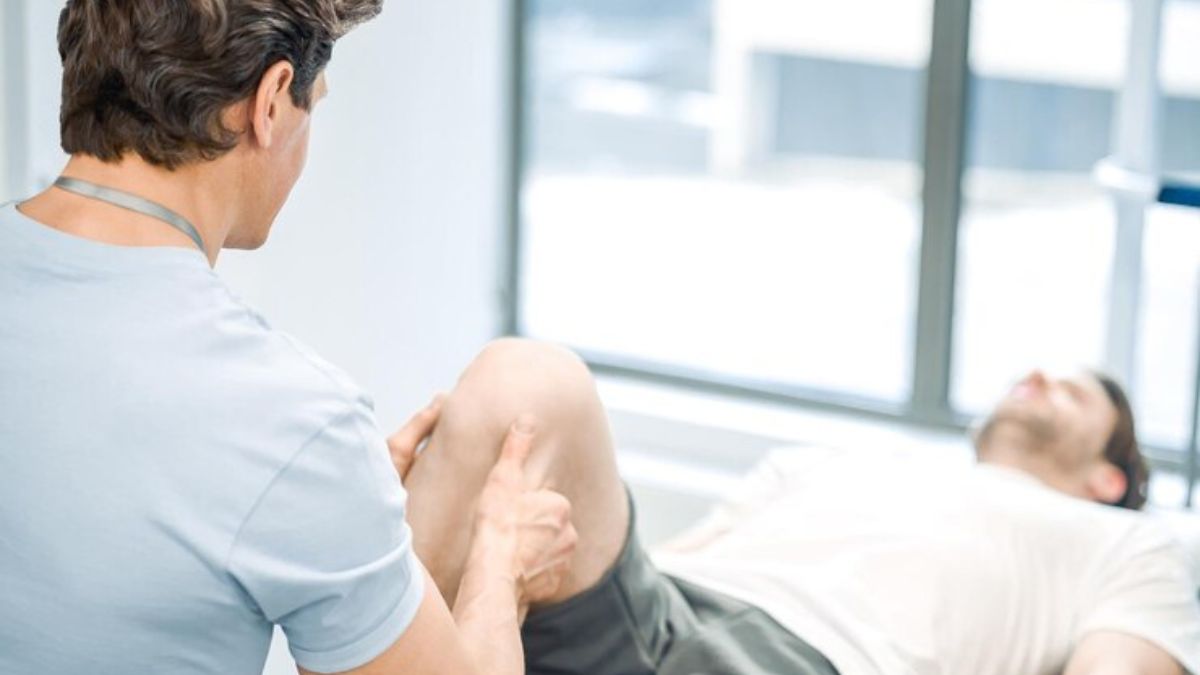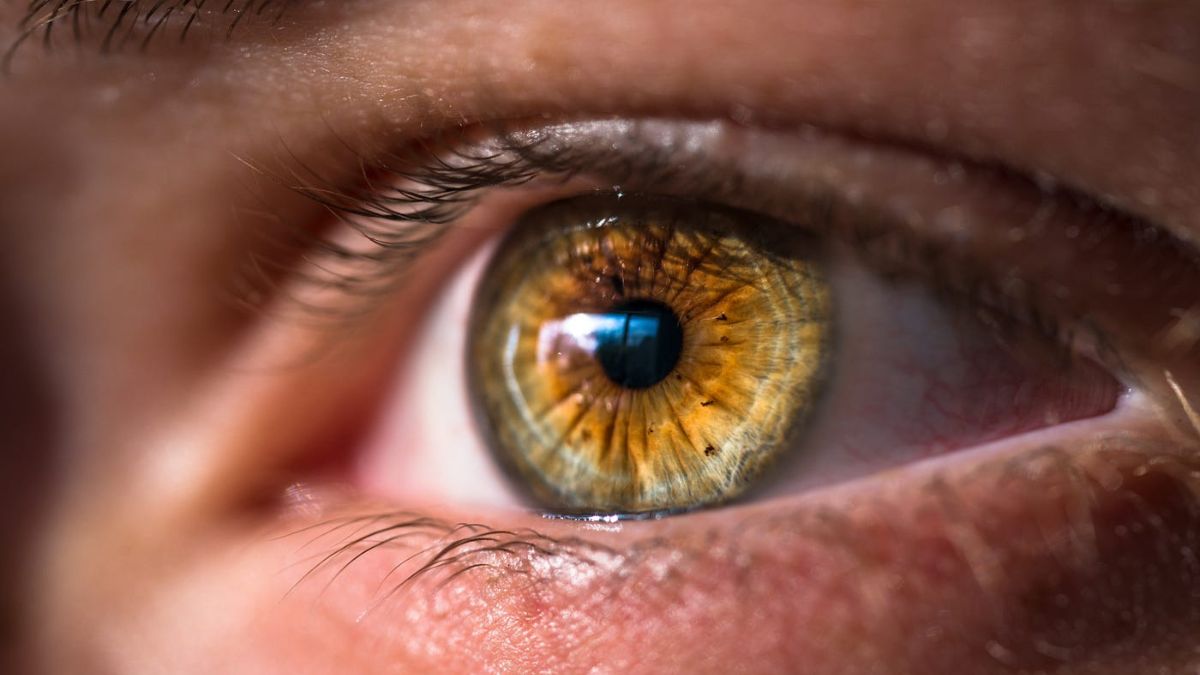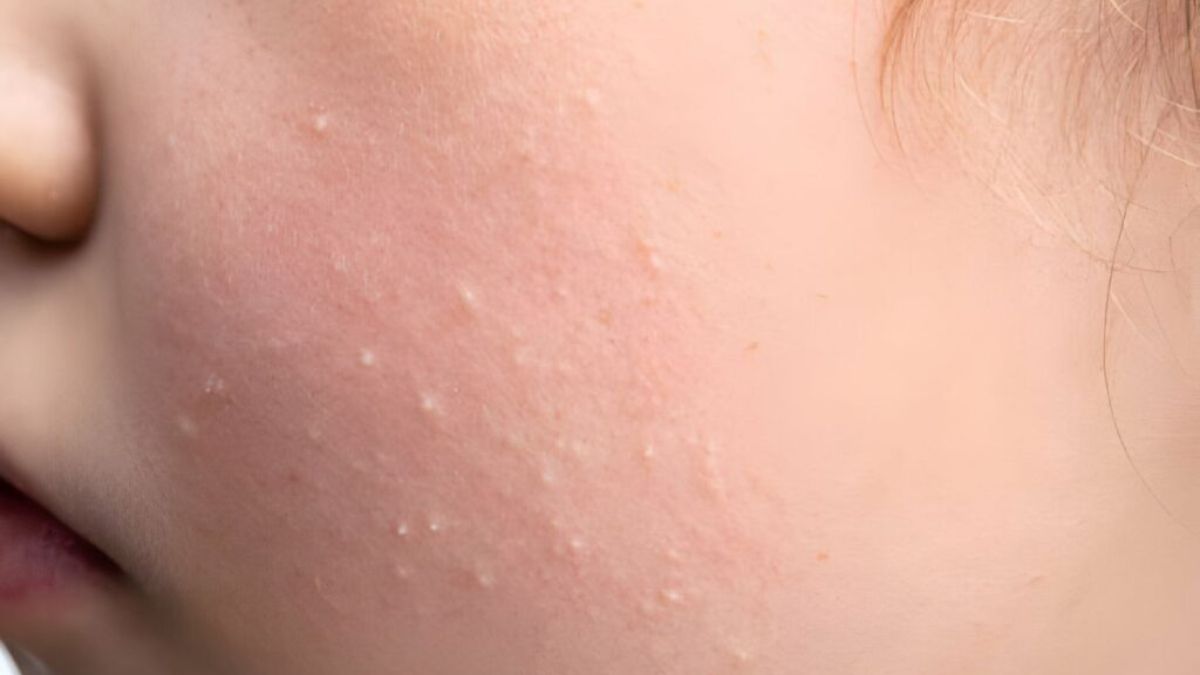Welcome to our ultimate guide on preventing and managing blisterata for healthy skin! If you’ve ever experienced painful skin blisters, this article is here to shed light on understanding, identifying, and treating Blisterata. We’ll delve into the characteristics of this condition, its symptoms, effective treatments, as well as practical tips and strategies for maintaining optimal skin health. Say goodbye to pesky blisters and hello to glowing, radiant skin with our expert advice! Let’s dive in.
How to Prevent blisterata: Tips for Healthy Skin
Preventing Blisterata is key to maintaining healthy skin. Start by keeping your skin clean and well-moisturized to reduce the risk of blister formation. Avoid prolonged exposure to extreme temperatures or friction on the skin, as these can trigger blisters to develop.
Wearing properly fitting shoes and protective gear during physical activities can also help prevent friction-induced blisters. Additionally, practicing good sun protection habits and staying hydrated are crucial in safeguarding your skin against various irritants that may lead to Blisterata.
Understanding Blisterata
Understanding Blisterata is essential for maintaining healthy skin. This condition refers to the formation of fluid-filled blisters on the skin, often caused by friction or burns. These blisters can be painful and uncomfortable, making it crucial to take preventive measures to avoid them.
By understanding the causes and triggers of Blisterata, individuals can better protect their skin from developing these painful blisters. Whether due to ill-fitting shoes, excessive rubbing, or exposure to heat, being aware of potential factors can help in preventing this common skin issue.
Characteristics of Blisterata
Blisterata is a skin condition characterized by the formation of fluid-filled blisters on the skin’s surface. These blisters can vary in size and may be painful or itchy, causing discomfort to those affected. The appearance of can range from small, clear blisters to larger, red and inflamed ones that may rupture and cause further irritation.
The development is often linked to factors such as friction, burns, or allergic reactions that compromise the skin’s protective barrier. This condition can occur anywhere on the body but is most commonly found on areas prone to rubbing or pressure.
Symptoms and Treatment
Blisterata can present with various symptoms, including redness, itching, and a burning sensation on the skin. These symptoms may progress to the development of fluid-filled blisters that can be painful and prone to infection if not properly treated.
To effectively manage it is essential to seek medical advice for proper diagnosis and treatment. Treatment options may include topical creams, antibiotics for infected blisters, or drainage of large blisters by healthcare professionals. Early intervention can help alleviate discomfort and prevent complications associated with Blisterata.
Managing Blisterata’s Symptoms
Managing Blisterata’s Symptoms can be a challenging task, but with the right approach, it is possible to alleviate discomfort and promote healing. One key aspect of managing symptoms is to keep the affected area clean and dry. This helps prevent further irritation and potential infection.
Additionally, applying a soothing ointment or cream can help relieve pain and promote faster healing. It’s essential to consult with a healthcare professional for proper guidance on managing symptoms effectively.
Preventing and Managing skin blisters
Skin blisters can be bothersome and painful, but there are ways to prevent and manage them effectively. One key tip is to avoid friction by wearing properly fitting shoes and moisture-wicking socks. If a blister does develop, refrain from popping it as this can increase the risk of infection. Instead, cover it with a bandage or blister pad to protect the area while it heals naturally.
To help speed up the healing process, keep the affected area clean and dry. Avoid exposing the blister to further irritation or pressure that could worsen the condition. Additionally, consider using padding or cushions on areas prone to blister formation during physical activities or when breaking in new shoes.
The Role of Blisterata in Skincare
When it comes to skincare, understanding the role of Blisterata is crucial. This condition can impact the health and appearance of your skin in various ways. Skin blisters caused by can be painful and unsightly, affecting your confidence and overall well-being.
By recognizing how Blisterata influences skincare, you can take proactive steps to prevent and manage its symptoms effectively. Incorporating targeted treatments and strategies into your skincare routine can help maintain healthy skin and reduce the risk of developing skin blisters associated.
Healthy Skin Tips and Strategies
Healthy skin is the epitome of beauty and confidence. To maintain vibrant skin, it’s crucial to follow a consistent skincare routine. Start by cleansing your face twice daily with a gentle cleanser suited for your skin type. Hydrate your skin by using a moisturizer every day to keep it supple and youthful.
Protect your skin from harmful UV rays by applying sunscreen with at least SPF 30 daily, even on cloudy days. Don’t forget to drink plenty of water throughout the day to keep your skin hydrated from within. Incorporating these simple tips into your daily regimen can make a world of difference in achieving healthy and glowing skin!
Proper Skincare Techniques
Proper skincare techniques play a crucial role in maintaining healthy and radiant skin. Start by cleansing your face daily using a gentle cleanser suitable for your skin type. Exfoliate regularly to remove dead skin cells and unclog pores, promoting cell turnover for a glowing complexion. Remember to moisturize to keep your skin hydrated and protected from environmental stressors like UV rays. Additionally, incorporate serums and treatments targeted towards specific concerns such as acne or aging signs for optimal results.
Developing a consistent skincare routine tailored to your skin’s needs is key to achieving long-lasting results. Don’t forget the importance of using sunscreen daily to shield your skin from harmful UV rays that can cause premature aging and damage. Consider consulting with a dermatologist or skincare specialist for personalized advice on products and routines best suited for you.
Lifestyle Recommendations
When it comes to preventing blisterata and maintaining healthy skin, lifestyle choices play a significant role. Incorporating regular exercise into your routine not only benefits your overall health but also promotes good circulation, which is essential for healthy skin. Additionally, managing stress levels through relaxation techniques such as yoga or meditation can help prevent skin issues like from flaring up.
Getting an adequate amount of sleep each night is crucial for skin regeneration and repair. Aim for at least 7-8 hours of quality sleep to support your skin’s natural healing process and keep at bay. Remember, making positive lifestyle changes can go a long way in achieving glowing, healthy skin.
Dietary Guidelines for Skin Health
Are you looking to improve your skin health from the inside out? Dietary choices play a significant role in maintaining healthy and vibrant skin. Incorporating foods rich in antioxidants, vitamins, and minerals can help prevent conditions like blisterata.
Conclusion
As we wrap up this journey into understanding Blisterata and how to maintain healthy skin, it’s crucial to remember that prevention is key. By adopting proper skincare techniques, managing symptoms effectively, and making lifestyle changes, you can significantly reduce the risk of developing Blisterata.
Remember that taking care of your skin goes beyond just the surface – it requires a holistic approach encompassing skincare routines, dietary choices, and overall well-being. By incorporating these tips into your daily routine, you can promote healthy skin and prevent potential issues like Blisterata from arising.
FAQ’s
Q: What causes blisterata?
A: Blisterata can be caused by a variety of factors, including friction, burns, insect bites, and certain medical conditions.
Q: How can I prevent skin blisters?
A: To prevent skin blisters, it is essential to keep your skin clean and moisturized, wear appropriate clothing and footwear, and avoid prolonged exposure to irritants.
Q: Are there any home remedies for managing blisterata symptoms?
A: Home remedies such as applying cold compresses or using over-the-counter ointments can help alleviate the discomfort associated with blisterata.









